How to Use Motion Blur in Your Photography
by Alex W.
Beginners in the photography world are often told to keep their shutter speed high and avoid motion blur.
This is good advice for somebody just starting out in photography, but eventually you’re going to want to start pushing the boundaries and breaking some long-standing photography rules.
There are plenty of ways to push the boundaries in photography, but creatively using motion blur can be one of the most dramatic.
It’s also a good way to set yourself apart from the millions of smartphone images uploaded to the internet every single day!
Want to learn more about shutter speed? Check out our handy Shutter Speed Chart / Infographic here.
Techniques for Capturing Motion Blur
Shutter Speed
The one rule when trying to creatively use motion blur is that you must use a shutter speed that is slow in comparison to your subject.
The exact shutter speed can vary wildly – 1/500 second can be slow when shooting Formula One cars, but you’ll need a much longer shutter speed if you want to capture the movement in some gently lapping waves.
This is where trial and error, and eventually experience, comes into play. For example, after a lot of practising I know that a galloping horse is sharp at 1/800 second, so if I want to capture the movement I’ll opt for a longer shutter speed such as 1/30 second.
But if you increase the shutter speed the image will be overexposed, right?
Remember the Exposure Triangle. If you want to increase the shutter speed you’ll need to reduce the amount of light recorded by the sensor in other ways:
- Stop down the aperture – Learn all about F-Stops here.
- Decrease the ISO
- Use a Neutral Density Filter – Learn all about filters here.
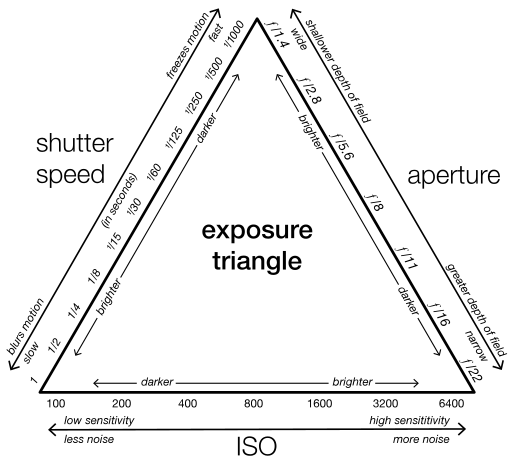
Being familiar with shooting in manual mode will make all of this a lot easier to get to grips with.
Now, what about some specific techniques for creatively using motion blur in your photography?
Long Exposure Photography
For the purposes of this article, we’ll refer to long exposure photography as the technique often used in landscape photography and cityscape photography – with the camera mounted on a tripod using shutter speeds that are too slow to handhold.
This is the most commonly used and traditional technique for capturing motion blur, and is often used to smooth out moving subjects such as water and clouds.
When to use long exposure photography
This particular technique of implementing motion blur into your photography is probably the most widely used. It can be useful when you want to simplify the scene you’re shooting, or in the realm of cityscape photography to create leading lines.
You’ll need a tripod for this kind of photography, so take a look at our Ultimate Guide to Buying a Tripod.
Water
Subjects such as waterfalls, rivers or the sea can often look a bit underwhelming when photographed at ‘normal’ shutter speeds, and using long exposure photography to capture the movement of the water is a great way to inject some creativity into the shot.
Extremely long shutter speeds can help to simplify a scene, rendering the water an ethereal blur and allowing the other parts of your composition to shine.
Conversely, if you increase the shutter speed a bit, while still keeping it long enough to capture the motion, you can inject a sense of drama and dynamism to the image.
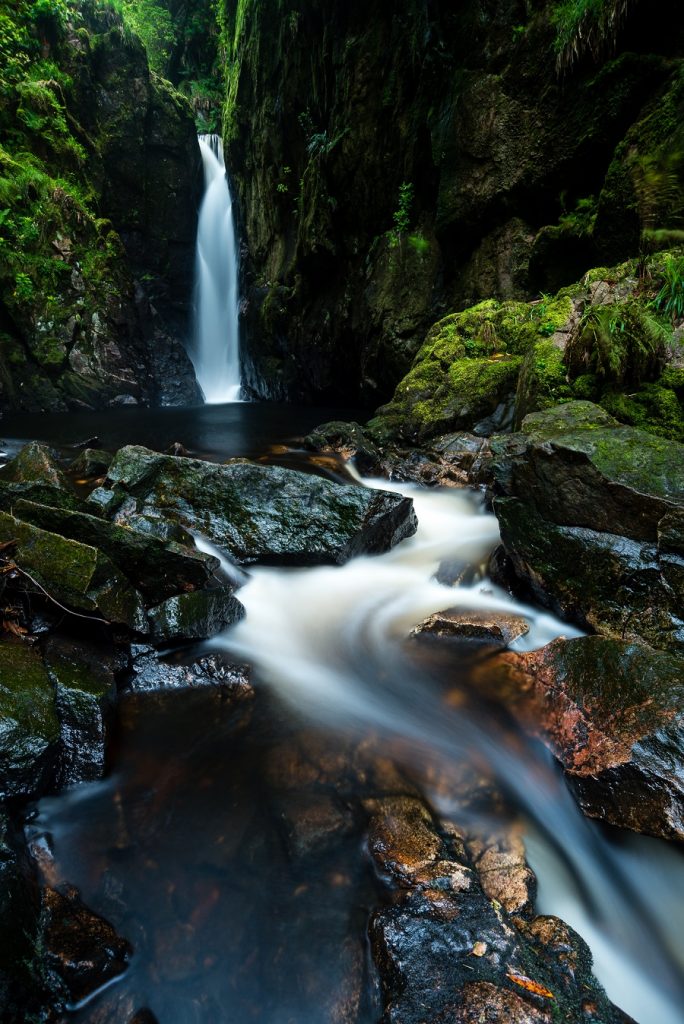
- Experiment with your shutter speed. Water flows at different rates, so make sure to test out a range of shutter speeds to find which one suits your shot the best.
- Try heading to the beach, setting your shutter speed to 0.5-1 second, and releasing the shutter just as a wave breaks. The retreating water will create dramatic leading lines out to sea.
- Longer isn’t always better. Using a slightly shorter shutter speed will often retain important detail while still giving the sense of movement.
Clouds
Capturing the movement of the clouds is often simply a byproduct of shooting long exposure photography, but sometimes the clouds themselves can be the star of the show.
Unlike water, shorter shutter speeds such as 1-10 seconds aren’t really long enough to capture sufficient motion blur in the clouds. Instead, you’ll have to think big and most likely attach a neutral density filter to your lens.
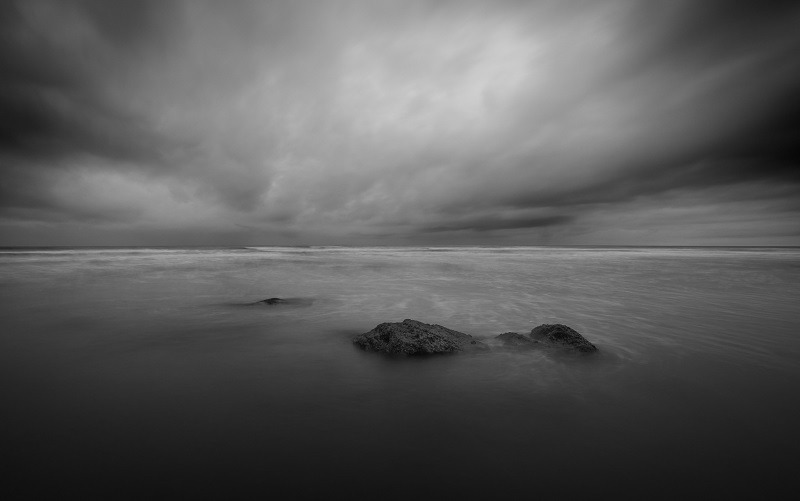
- Position yourself so the clouds are moving directly towards the camera. This helps to create dramatic streaks of cloud coming in from the top corners of your image.
- Think long. Clouds are generally pretty slow moving, so you’ll often be looking at 30 seconds plus to capture enough motion blur.
Stars
As we discussed in our beginner’s guide to astrophotography, the Earth’s rotation results in the stars appearing to move around us. This opens up some very interesting opportunities for us as photographers.
By using ultra long exposure times (or stacking multiple exposures on top of one another) we can capture the movement of the stars across the sky, and the effects can be pretty sensational.
You can find some of our top astrophotography lenses here.
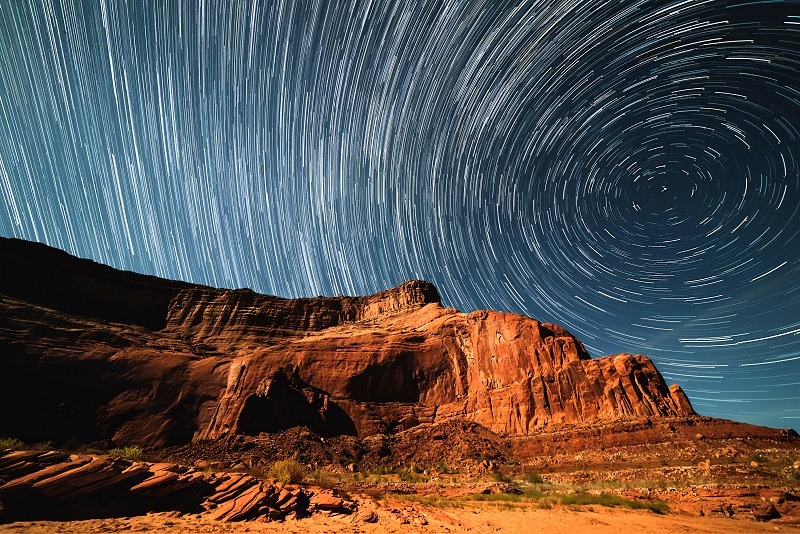
- Learn how to find the North Star (or the Southern Cross if you’re in the southern hemisphere). The stars appear to rotate around the celestial poles, so the positioning of these poles will determine how your star trails look.
- Pack extra batteries and clothes. We’re talking super long exposures here (often over an hour) and the nighttime can be cold, so don’t leave anything to chance.
Car Headlights / Taillights
This is most often used in cityscape photography, and we discussed it in further detail in our 11 Tips for Cityscape Photography article.
Anyway, the premise is that you can use a long shutter speed to capture the movement of car lights, rendering them as dramatic streaks of light to add an extra element to your cityscape images.
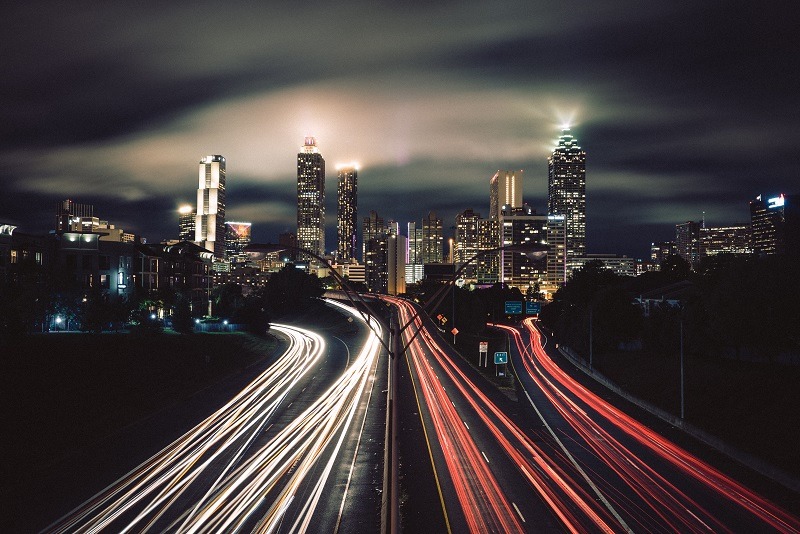
- Try to find a viewpoint that has a road leading towards your main subject. That way, the streaks of car lights will create a leading line.
- Look for curving roads. Trust me, long exposure car lights look much better curving and twisting away from you.
Street Photography
Long exposures can even be used in some street photography situations to portray the essence of fast-paced city living.
For example, shooting a long exposure of somebody stood completely still in the middle of Times Square will allow you to capture the chaos of a busy New York City street scene while also making your main subject stand out.
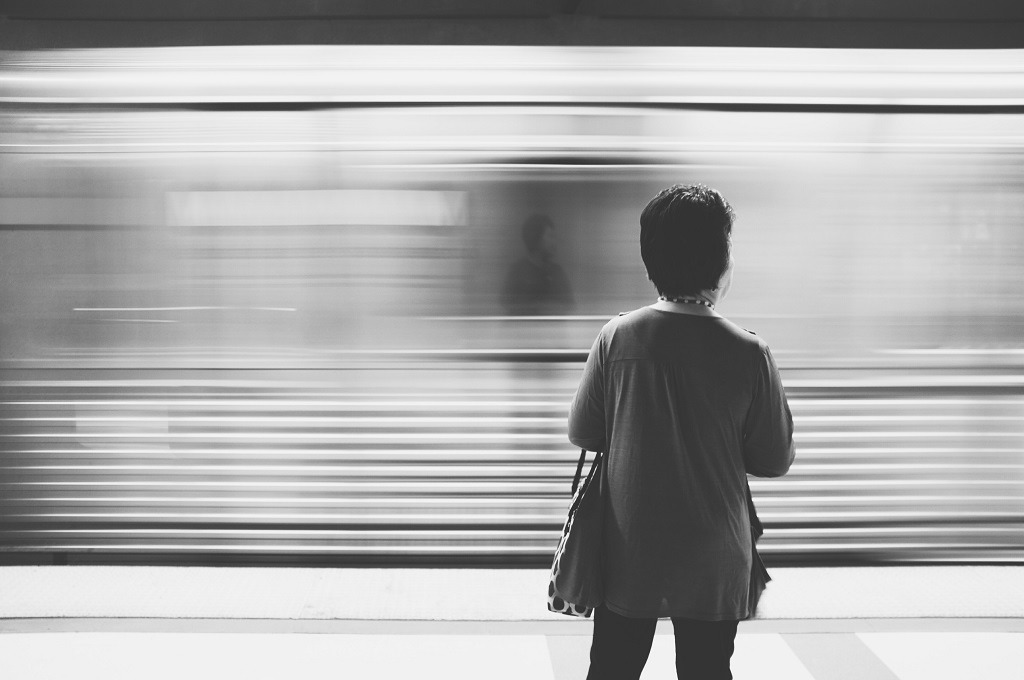
- Use between 1/2 and 2 second exposure times. This is the perfect range to capture the movement of the surrounding people while also ensuring the stationary subject remains… well, stationary.
- Choose a wider focal length to capture the surrounding chaos of city life.
Panning
While traditional long exposure photography blurs the motion of relatively slow moving subjects to produce more calming images, panning utilizes motion blur in a very different way – By emphasising speed.
As such, panning is often used with very fast moving subjects such as planes, racing cars and fast moving animals.
The basic premise behind panning is that you track the movement of your camera in time with the movement of your subject while using a slow shutter speed. The result, when done correctly, is a relatively sharp main subject and a completely blurred background, which gives the impression of speed and movement in your final image.
Admittedly, this does take a bit of practise and a lot of trial and error to nail down, but the results can take your action or sport photography to the next level.
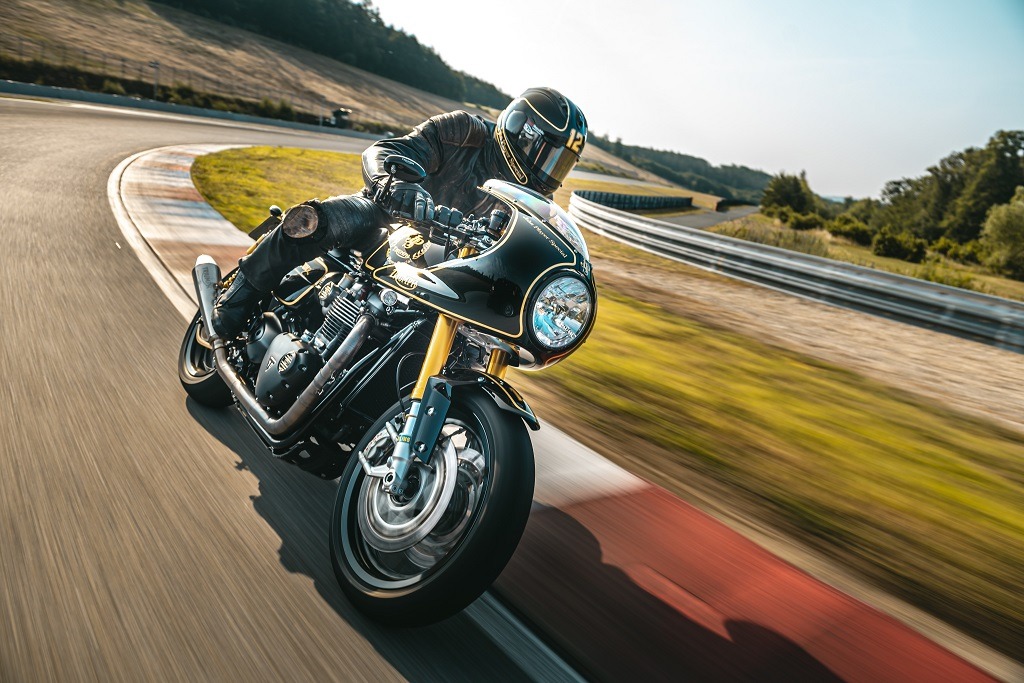
Tips for successful panning
- The most suitable shutter speed depends on how fast your subject is moving. Start at around 1/30 second and experiment from there.
- Track your subject before pressing the shutter to ensure you’re panning the camera at the correct speed.
- Similarly, continue tracking after the exposure has finished.
- Select subjects that are moving directly across your frame to start with. Not only are these easier to track, but it also ensures they stay on the same focal plane and stay in focus.
- Use continuous autofocus.
- Ensure there are no obstacles blocking the view between the camera and the subject’s path.
Subject ideas for panning
- Racing cars / motorcycles
- Bicycles in the city
- Sprinters
- Flying birds
- Aeroplanes
- Running animals
- Skateboarders
- Skiers / Snowboarders
Intentional Camera Movement (ICM)
This technique is a little out of left field. Rather than capturing the motion of the scene, Intentional Camera Movement (ICM) aims to capture the motion of your camera.
The premise of ICM is simple – You simply move your camera while the shutter is open.
In practise, it’s quite a bit more difficult than that. The idea is to create abstract images of the world around you, and it takes a lot of trial, error and practise.
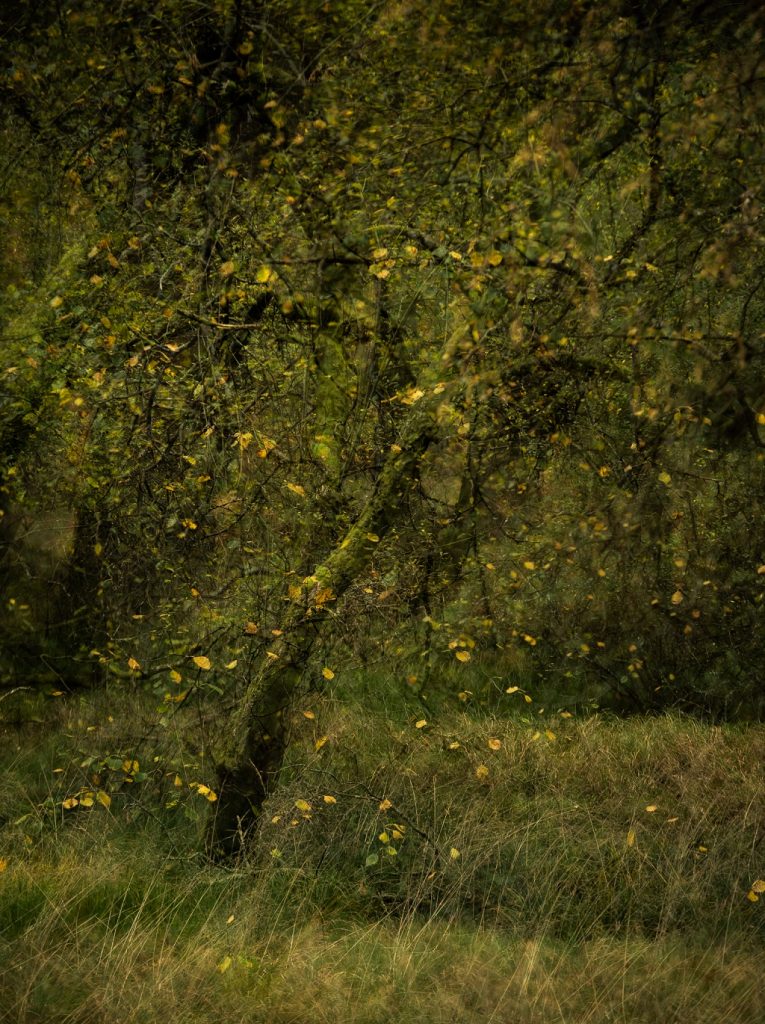
Camera settings for ICM photography
There’s only one thing you need to remember about camera settings in ICM – Shutter speed is everything.
Since we’re creating abstract images, we really don’t care about things like depth of field or diffraction. Basically, our aperture becomes a tool for getting to the most suitable shutter speed.
The actual shutter speed depends on the subject and how fast you’re moving your camera, but I find anywhere between 1/20 second and 2 seconds works well in the majority of situations.
Subject ideas for ICM
Your imagination is the limit when it comes to ICM. You can find success literally anywhere.
For example, this photographer created a series by photographing small mounds of dirt, and the results are absolutely stunning. Here are some ideas to get the creative juices flowing.
- Trees, especially in the autumn / fall.
- Sunrises and sunsets at the coast
- City skylines
- Streetlights
Different types of movement in ICM
It will come as no surprise that you can move your camera around freely. Up and down, left to right, diagonally, and even right to left!
Some of these are more suited to certain subjects, but ICM is all about experimenting with your creativity, so go wild!
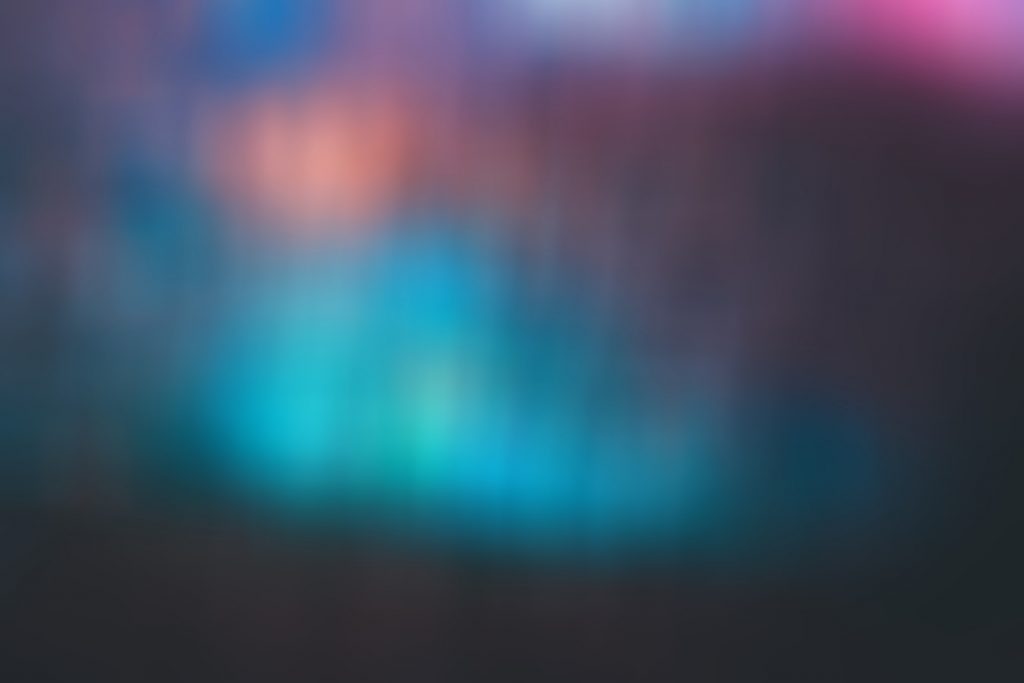
- Vertical panning – This is moving the camera directly up or down. It works very well with subjects such as trees and city skylines. Using a tripod with a tilt-pan head can allow for more precise movement, although I prefer the unpredictability of handheld.
- Horizontal panning – Moving the camera side to side. Works perfectly with colorful seascapes, and using a levelled tripod can allow for perfectly straight horizons.
- ‘Random’ – Experimenting with a somewhat random, shaky type of movement can make for interesting scenes when photographing uneven horizons.
- Rotation – Spinning the camera around creates a whirling spiral out of your subject.
- Zooming – Rotating the zoom ring during an exposure can create some incredibly interesting effects. It’s often used when photographing scenes with bright lights as it makes the lights ‘streak’ towards the camera.
- Combinations – ICM is a creative pursuit, so experiment with all different types of movement and subject. You will fail a lot, but when you finally get a shot that resonates with you it will feel like a massive achievement.
Read More…
5 must buy lenses for your Nikon
5 must buy lenses for your Canon
10 must buy lenses for your Fujifilm X series
11 best external hard drives for photographers
 |
 |
 |
 |

About Alex W.
Alex is the owner and lead writer for Click and Learn Photography. An avid landscape, equine, and pet photographer living and working in the beautiful Lake District, UK, Alex has had his work featured in a number of high profile publications, including the Take a View Landscape Photographer of the Year, Outdoor Photographer of the Year, and Amateur Photographer Magazine.
Thoughts on "How to Use Motion Blur in Your Photography"
 |
 |
 |
 |
You can Get FREE Gifts. Furthermore, Free Items here. Disable Ad Blocker to receive them all.
Once done, hit anything below
 |
 |
 |
 |